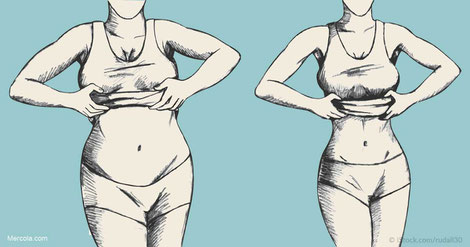
For most Singaporean women the first exercise they think of when wanting to lose fat is running. Its easy, cheap, quick, requires no equipment apart from a pair of trainers and can be done anywhere. But is it the most effective way to lose fat both in the short and long term? In this article we’ll start off by looking at the various workouts such as cardio, HIIT, yoga, Pilates and resistance training and assess the pros and cons with regards to fat loss for women.
Secondly we’ll take a look at personal trainers and discuss why a good quality personal trainer will never train their female clients utilising the same training strategies and protocols that they would with men. This lack of understanding of the subtleties in the differences of the female body will result in you:
a) not maximising your health gains
b) not maximising your fat loss
c) compounding existing postural and hormonal problems
d) wasting your valuable time and money
We’ll provide you with the tips to spot the best trainers and how to avoid the bad ones.
Ineffective weight loss workouts
Running, cardio, endurance, HIIT, F45, body pump, Pilates, yoga and resistance training. Which have you tried and which have been the most successful? We run through the pros and cons below.
Running, cardio and endurance training
For many women looking to lose weight the first thing we think about is hitting the treadmill and going for a run. This idea has been enforced by many popular media outlets over the years such as Channel News Asia, Cosmo and Her World.
However, for most of us cardio fails miserably for the following reasons:
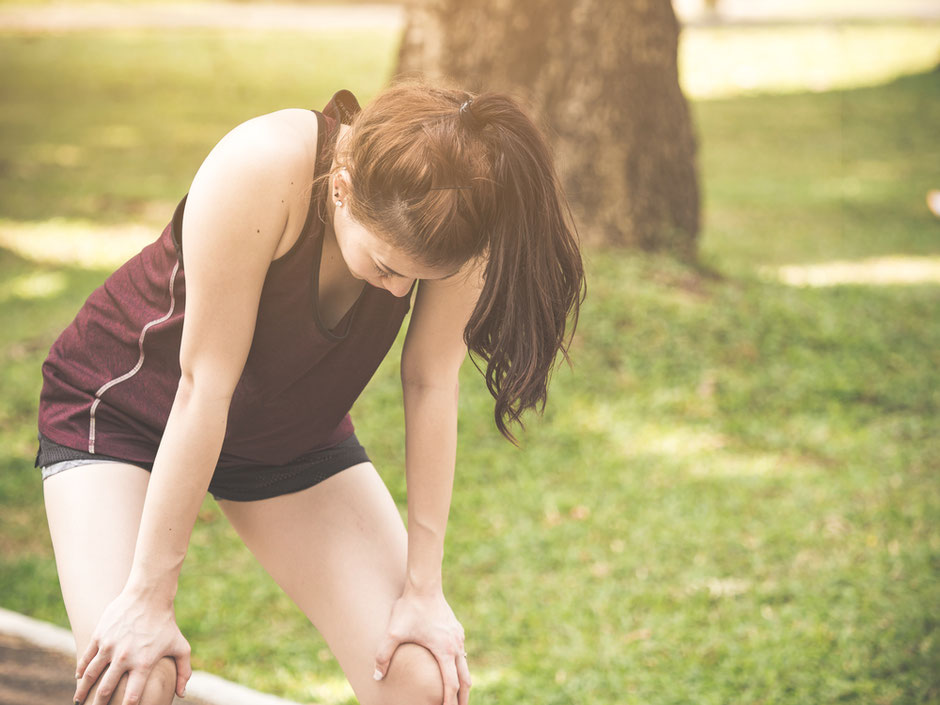
High Intensity Interval Training (HIIT)
High intensity interval training has gained popularity in recent years and it can be more effective than long term cardio for fat loss. High intensity interval training usually involves a number of different functional movements and some very intensive short bursts of cardio for a total workout of say 20 minutes. This extreme workout should have you sweating buckets by the end of the 20 minutes and has the effect of jacking up your metabolic rate and promoting calorie burning throughout the rest of the day.
The problem here is that this kind of intensive training can have a very stressful effect on the body. As we discussed in our previous blog post, How can a Holistic Lifestyle Coach help you to manage and lose weight in Singapore: Part 1, the body lumps all of our stresses into the same bucket which results in a release of cortisol, blood sugar spikes and fat gain. Whether its stress from extreme exercise, unhealthy food, a polluted environment, medical drugs or mental and emotion stress it doesn’t matter. For many Singaporean women, who work in busy corporate jobs in the CBD and also have families to take care of, we already have enough stress in our lives and adding more on top of that is just going to ensure the stress bucket tips over and creates a cascade of new health challenges such as:
- blood sugar spikes
- appetite increase and sugar cravings
- increased fat storing rate
- reduced ability to burn fat
- increased belly fat

In addition, women have very different hormonal profiles than men. We have far less testosterone, far more oestrogen and a much more finely balance hormonal profile that can be easily tipped unfavourably the wrong way. Invariably any kind of additional stress input that affects this delicate hormonal equilibrium will halt fat loss at the door and result in weight gain.
Body pump and F45
Body Pump and F45 type workouts are popular in several of the large commercial gyms in Singapore. Essentially, they are a combination of HIIT and Cardio as described above carry with them all the associated problems. For a well trained athlete who knows how to move her body well, has no faulty movement mechanics or postural imbalances they can be a great occasional workout but for the other 99% of us they should be avoided like the plague.
Yoga and pilates
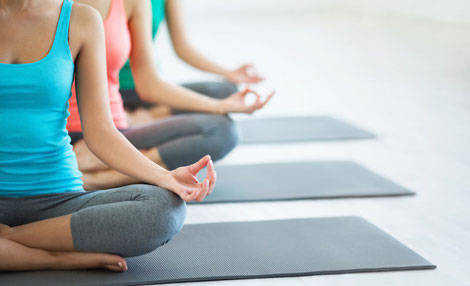
Yoga and Pilates can both be fantastic training modalities. When taught correctly as they both focus on the breath, good core mechanics, stability, postural correctness and body weight strength. The main problem with yoga these days is that in most cases it's not taught correctly and can often exacerbate underlying problems and amplify faulty movement mechanics that should have been addressed first. In addition, they do not challenge the body enough to build enough muscle to compensate for excess body weight if fat loss is the primary goal. Likewise, Pilates is arguable a better place to start to learn how to take control of your body and activate your core however, to progress from here to fat loss can also take a considerable amount of time.
So, what is the most effective workout for women to lose fat?
Resistance Training
The most effective way for women to lose fat, bar none, is resistance training. Resistance training involves moving your body in a way, usually with weights, that forces your body to adapt by building muscle. Not, as is the common misconception amongst women, adding mass or size but just increasing the density of muscle fibres within your existing frame. This increase in muscle density will increase your metabolism and increase the amount of calories you burn all day and all night. Yes, even when you sleep. As we mentioned before fat is inert but muscle is metabolically active so the more muscle you have the more calories you burn continuously. In addition, the more muscle you have the more insulin receptors you have hence the more spare nooks and crannies you have for storing any excess sugar you may have consumed accidentally. Remember as mentioned in How can a Nutrition and Lifestyle Coach help you to manage and lose weight in Singapore: Part 1 any sugar/refined carbs you don’t need will get “helpfully” converted into fat cells by your liver to be used in a rainy day!
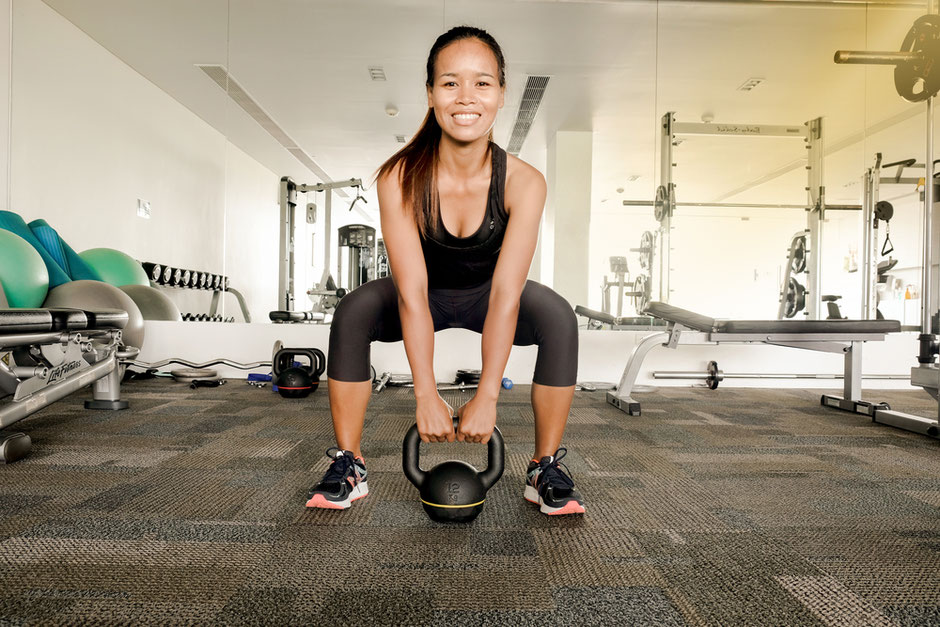
So, in summary here are all the benefits of resistance training:
- It leads to increased muscle density, improved metabolism and greater fat burning
- Increased strength gains lead to increased confidence and empowerment
- Focusing on resistance training in the form of strength exercises increases muscle density, curves and tone without bulking. The only way for women to really bulk up is to take anabolic steroids as its virtually impossible otherwise considering we have 10X less testosterone than men
- In fact, considering the above, resistance training in women has been shown to have a favourable effect on oestrogen and progesterone balancing
- In order to support stronger muscles your body needs a stronger frame and will build stronger bones accordingly. This leads to decreased risk of osteoporosis in the future
- Stronger muscles and bones leads to reduced risk of injuries
- Sensibly undertaken resistance training exercises will help to stabilise your core which will benefit your posture and reduce back, neck and shoulder pain
- Weight training releases endorphins which improve your mood and fight depression. They help to naturally combat stress and anxiety and stimulate the mind improving alertness and energy
- For most women resistance training is far more enjoyable than endurance exercises like running
- And finally burn calories and lose fat while you sleep!
If you want to change how you look and shape your body, nothing will do that like resistance training." - Sal Di Stefano
Resistance Training
Fat burning whilst training, fat burning at the office and fat burning in her sleep!

Running/endurance exercises/cardio
Fat burning only whilst running, sweating and "enduring"

Great, I’m sold, how to get started?
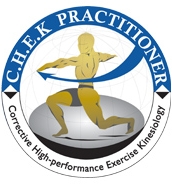
Most professional women, particularly those that have families, cannot just leap into a resistance training program and get stuck in without potentially suffering from serious injuries. Grabbing a few random videos off of YouTube might work for the trained individual but not for a sedentary office worker who may have postural and structural issues and muscle imbalances. It’s important that these are addressed first before engaging in any resistance training program.
The best way to address any postural and structural issues first is to seek the advice of a professional personal trainer who has taken the best exercise courses in the world such as those offered by the National Academy of Sports Medicine and the CHEK Institute.

How to spot a good personal trainer
When looking for a personal trainer it’s important to look for a trainer who has a lot of experience in designing successful resistance training programs for the average female office worker. Most personal trainers claim that they can cover all of these bases but unfortunately the reality is that they often prescribe woefully inadequate exercises that result in further muscle imbalances that enhance structural problems and eventually lead to chronic pain and injuries. We will cover this in more detail in an upcoming post but in brief a good personal trainer will:
- Perform a comprehensive functional movement screen to assess postural, structural and muscle imbalances, strengths and weaknesses
- Initiate a period of corrective exercises before introducing more complex compound resistance training exercises
- Prepare a personalized and documented program including all the exercises that you perform and will write down how well you performed them every single session
- Understand the 5 main program design variables of reps, sets, load, tempo and rest periods and include them in the design
- They won’t use machines which only train the body in one plane of movement and create stability weaknesses
- They take into account your physiologic load so as not to add additional physical stress onto a potentially emotionally stressed body
For a more in depth look at what makes a good personal trainer please check out this article on "How to find the best personal trainers in Singapore".
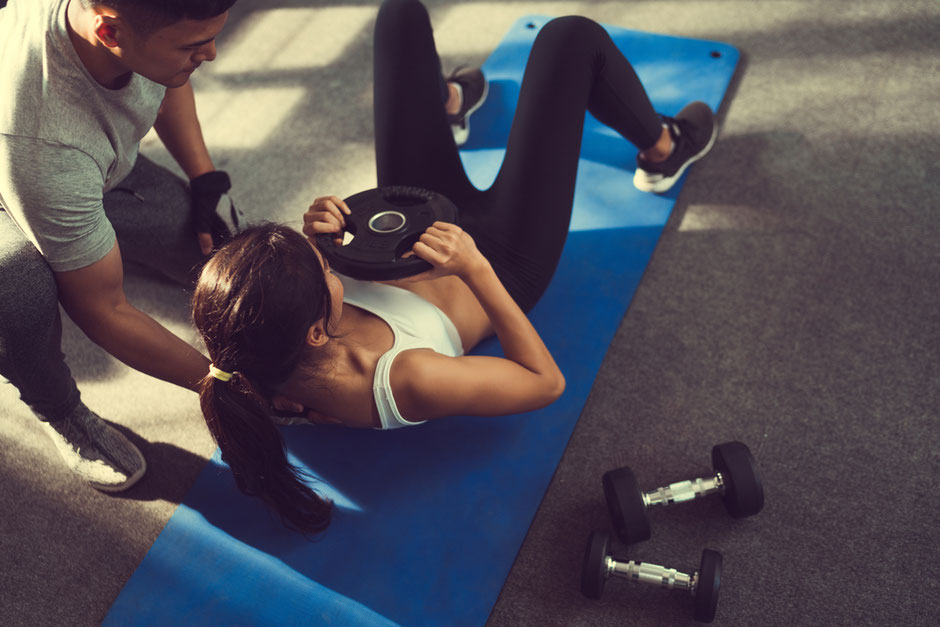
Should I use a female personal trainer?
There is a huge difference between training men and women because women have different postural issues as compared with men including:
- A more pronounced forward head position, steeper first rib angle and hence altered shoulder girdle position
- pronounced pelvic tilt; mostly anterior but sometimes posterior
- An altered postural kinetic chain due to high heels and a greater likelihood of hyperextension of the knees
- A wider pelvis for child bearing which creates a wider angle between the quadriceps (known in PT circles as the Q angle). A larger Q angle is more likely to result in structural hip and knee problems
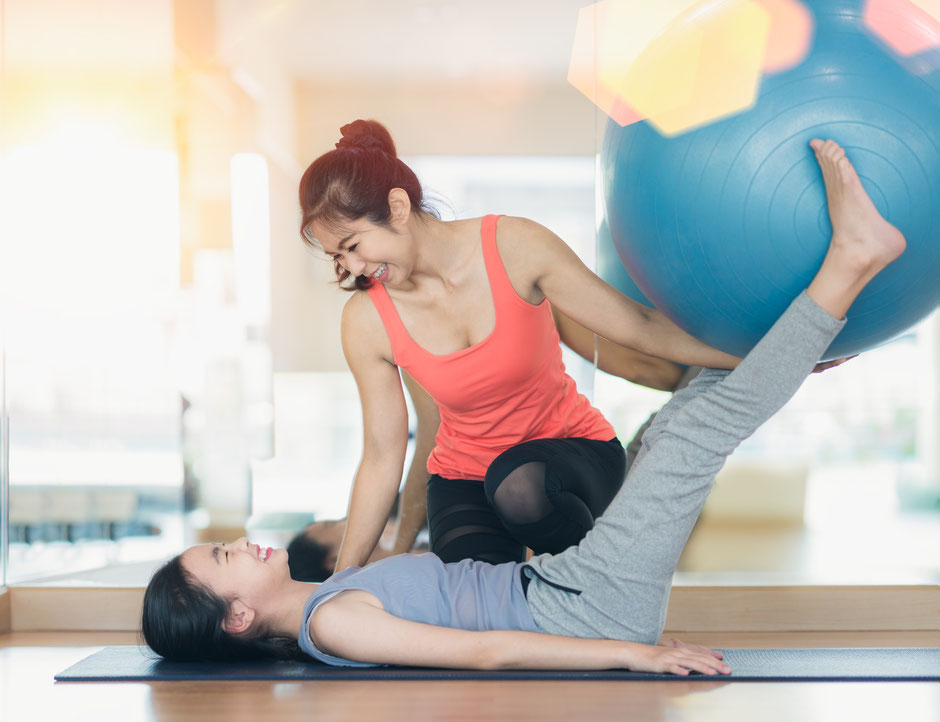
In addition to postural and physical differences women tend to be more flexible than men due to naturally increased joint laxity which can lead to mechanical dysfunction if inappropriate exercises are prescribed. Ask your potential personal trainer first if they know and understand these differences before you sign anyone up and never sign up the default personal trainer that the gym throws at you just because he’s new and doesn’t have any clients. You don’t let the supermarket attendant select your fruits and vegetables so don’t let the gym decide your trainer! Some questions you can ask are:
Question 1: “What are the main postural and structural differences between women and men?“
Question 2: “How does the Q angle affect your choice of exercise selection for women?”
Question 3: “What % of your clients are women?”
If they don’t know the answers to any of these questions or look uncomfortable answering them then I strongly suggest you start backing out towards the door. If in doubt we would always suggest training with a female trainer as they are likely to innately understand the differences between training men and women and are more likely to have more female clients.
Best of luck and happy fat burning whilst you sleep!
The Levitise Team
P.S. If you love this blog post then do check out our fortnightly newsletter where you'll get the freshest content on health, nutrition and fitness delivered straight to your inbox. Don't miss out and sign up here with just your name and email.
1. Potential Adverse Cardiovascular Effects From Excessive Endurance Exercise, 2012. https://www.ncbi.nlm.nih.gov/pmc/articles/PMC3538475/
2. A reverse J-shaped association of leisure time physical activity with prognosis in patients with stable coronary heart disease: evidence from a large cohort with repeated measurements, 2014. http://heart.bmj.com/content/early/2014/03/18/heartjnl-2013-305242

Write a comment
anas (Tuesday, 10 December 2019 02:18)
Hello,
I love your blog. Nice article, Thanks for the sharing a valuable information about Weight Loss.
<a href="http://charleshenrybarton.com/">effective slimming treatment singapore</a>